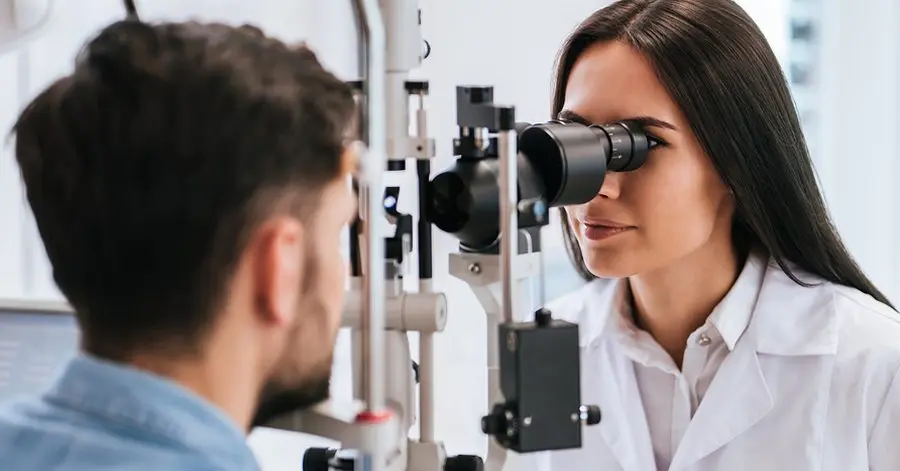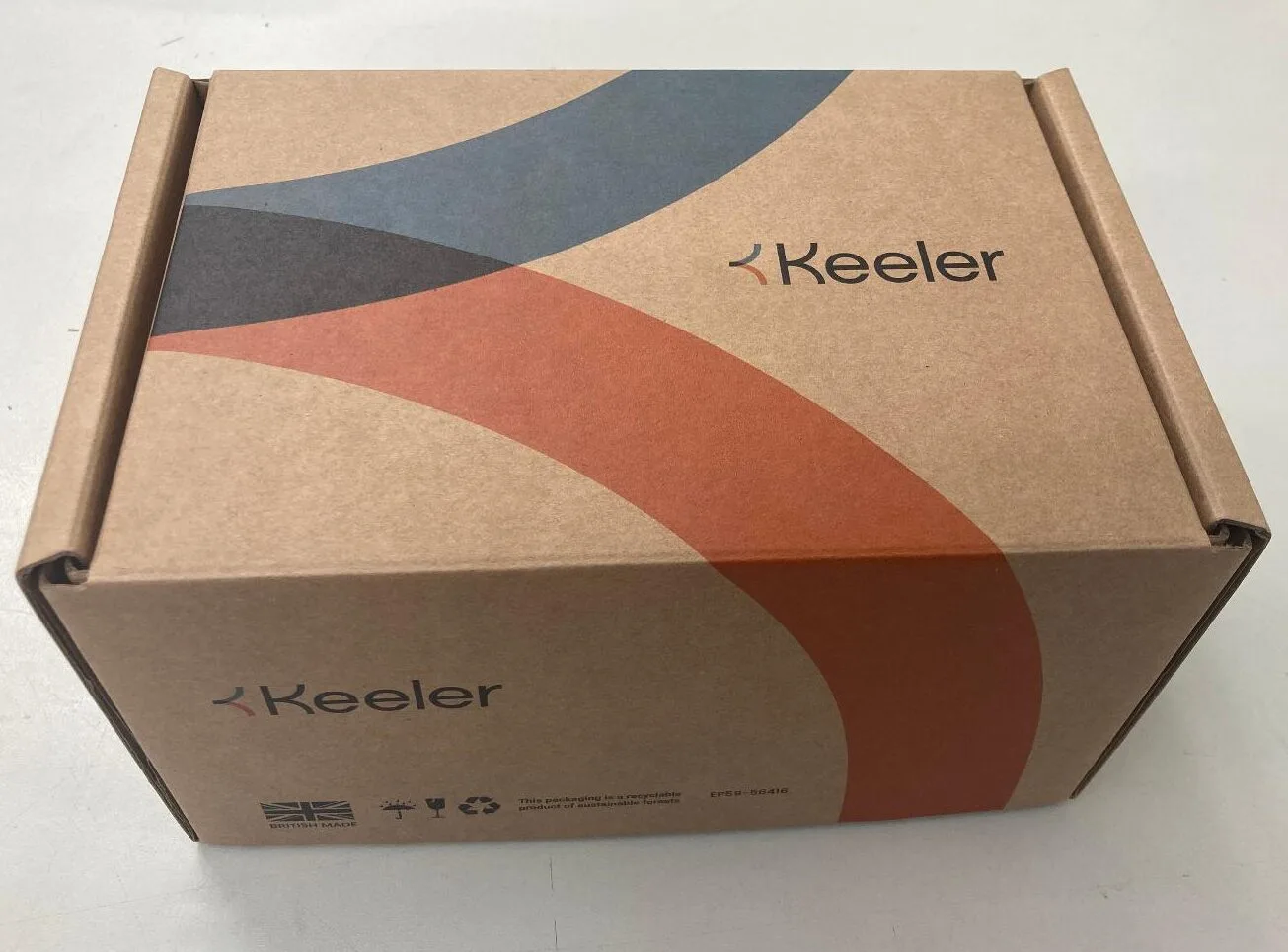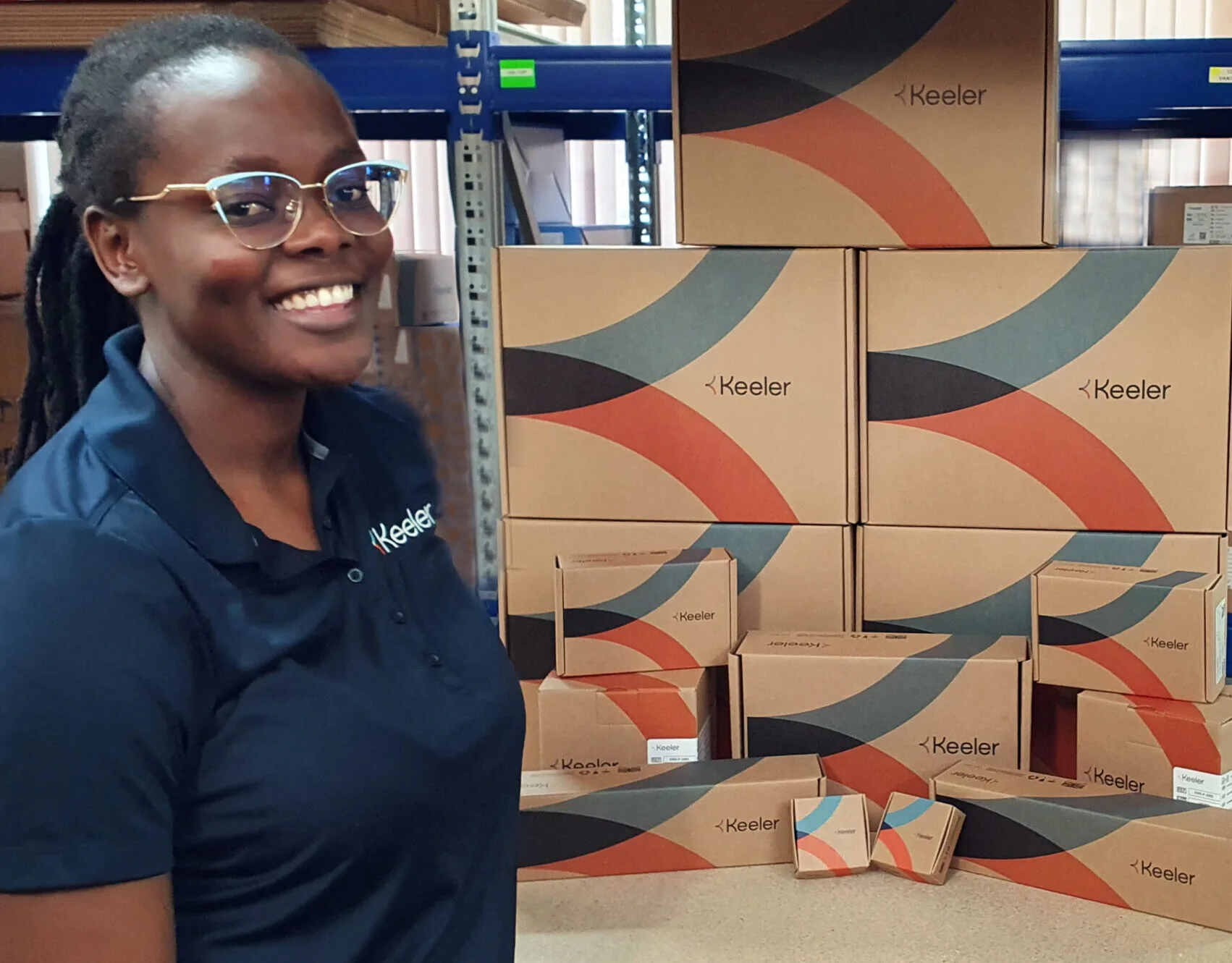
Wait! Don’t Make These Mistakes When Starting an Optometry Practice

Deciding to start an optometry practice is a monumental decision with long-lasting implications. While exciting, starting your own optometry practice can be daunting, particularly because most young optometrists do not finish optometry school with a double major in business or entrepreneurship. In any case, starting an optometry practice often means rolling up your sleeves to face a range of different professional and financial challenges. In spite of these challenges, deciding to bring your vision of patient care to life and taking ownership of your earning potential can offer an endless array of priceless rewards…if done properly. To help you along your journey, let’s look at a few mistakes you should avoid when starting an optometry practice.
Top 4 Steps You Should Take Before Starting An Optometry Practice
Before you pull the trigger and start an optometry practice, make sure you’re able to do the following four things:
- Find a mentor, willing optometrists, and experienced optometry equipment partners within the industry you can trust for advice and guidance. Make sure the people you rely on can really assist you and provide answers to the full range of questions you will have.
- Even if you outsource to an accounting agency, it’s important you have a foundational understanding of accounting principles. In particular, you should be familiar with profit/loss (P&L) statements.
- Make sure you understand the implications of cost of goods (COG) on your profit margins. This will impact how you set your professional fees and your retail pricing.
- Get comfortable with Human Resources and basic employment laws in your state. It’s also a great time to begin thinking about the culture you want to have in your practice.
Don’t Buy Too Much Equipment Too Soon
When you’re establishing your practice, it can be very tempting to go out on a shopping spree to get the latest equipment with all of the cutting-edge innovation in the eye care industry. It’s important to understand you can conduct excellent exams with relatively basic high-quality, vision testing equipment. Once you have established your business and continue to grow, you can invest in more technology every year. When determining whether to purchase a piece of optometry room exam equipment, weigh the costs against the return and consider your initial patient volume. Ask yourself:
- Is the equipment purchase critical to the function of your practice?
- Does purchasing the equipment justify the costs?
- How long will it take you to see a return on the investment?
- Will purchasing this equipment potentially impact the long-term success of your practice?
Because you haven’t opened your practice yet, you should realistically estimate the number of patients you expect to examine each month during your first two years. However, we know this can be challenge, so it’s always beneficial for you to speak to other optometrists who have recently started their practice in your area.
Factor Demographics into Equipment Decisions
Like virtually everything else, it’s all about the location! And examining the demographics for a particular city or neighborhood should be a critical part of this equation. Understanding whether your patient base is older and more prone for ocular disease can help you decide if you need a certain piece of technology. For example, scanning lasers have significantly enhanced the ability to treat and diagnose patients with macular disease and glaucoma. You can also choose from an array of different visual field analyzers, retinal cameras, topographers, hyperacuity perimetry, and other diagnostic equipment. Make sure you weigh your patient demographics into the equation when you’re deciding which equipment is the most critical to you opening your optometry practice.
Don’t Choose Too Big of a Space
When you’re starting out, it’s best to start out smaller and work your way up. Besides, it doesn’t make a ton of sense to pay for a large amount of space you haven’t grown into or are not using. In addition, by starting out smaller, you will be able to get out of the red faster and begin setting money aside. This way, you can expedite the process of purchasing your own building.
Don’t Spend Too Much on Frame Inventory
While everyone wants to sell attractive, exclusive, high-end frames, this isn’t feasible for all startup optometry practices. Similar to your equipment considerations, make sure you factor in your demographics and location into your decision of whether you’re carry certain lenses. However, if your inventory of high-end frames eats up too much of your working capital, it can cause much more harm than good. In other words, spending too much on frame inventory could prevent you from making a critical investment in another area of your practice that can yield a much better return.
Contact Keeler for the Best Optometric Equipment for Startups
In addition to the previous mistakes to avoid, make sure you choose an equipment partner you can trust who will stand behind their equipment. For more than 100 years, Keeler Ophthalmic Instruments has been the trusted name in the industry. We provide a full range of different optometric equipment uniquely positioned for startups and more established practices. In either case, we will listen to your needs, goals, and budget to help you choose the best equipment for your practice. Contact Keeler today for the best optometric equipment for startups.




